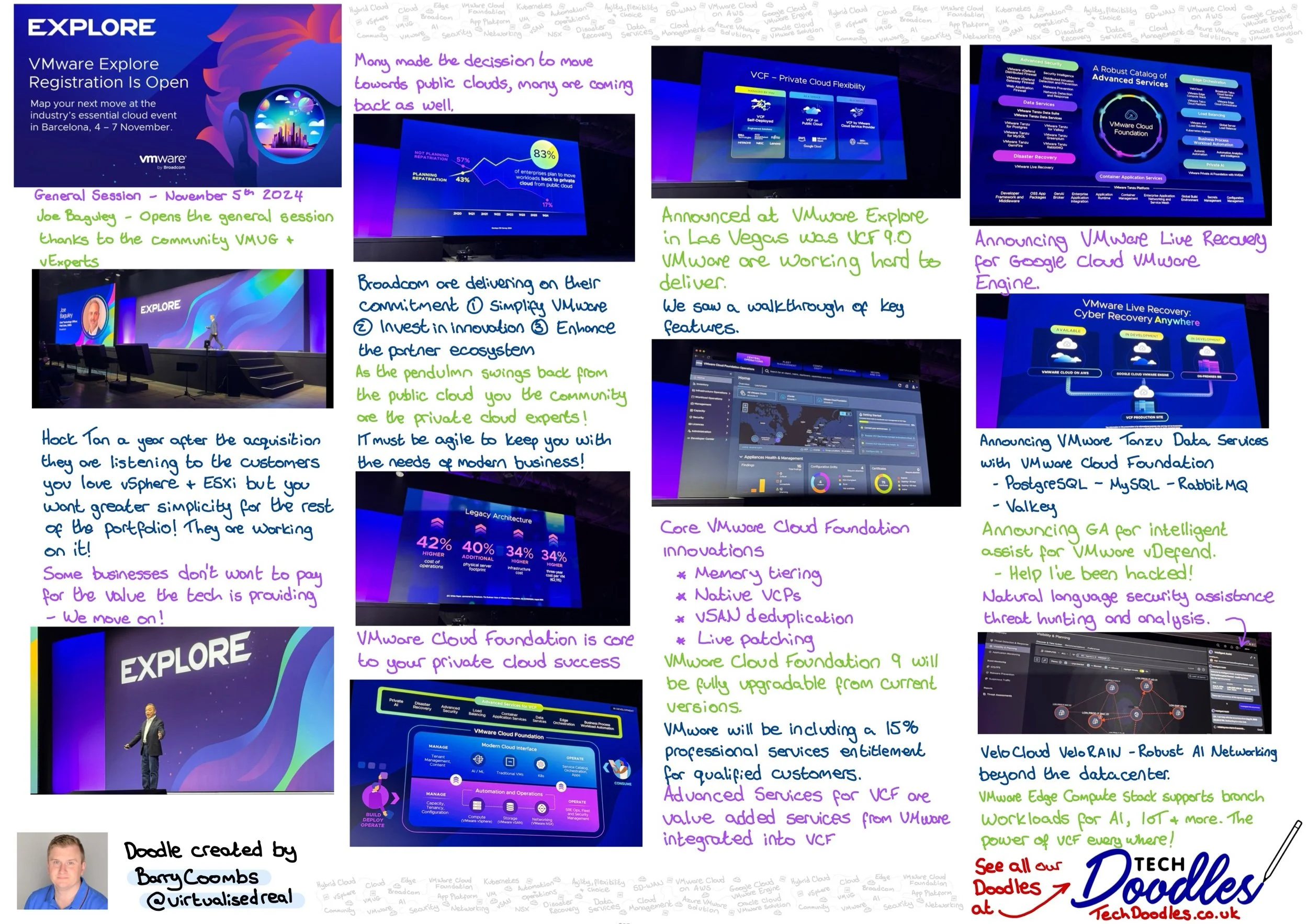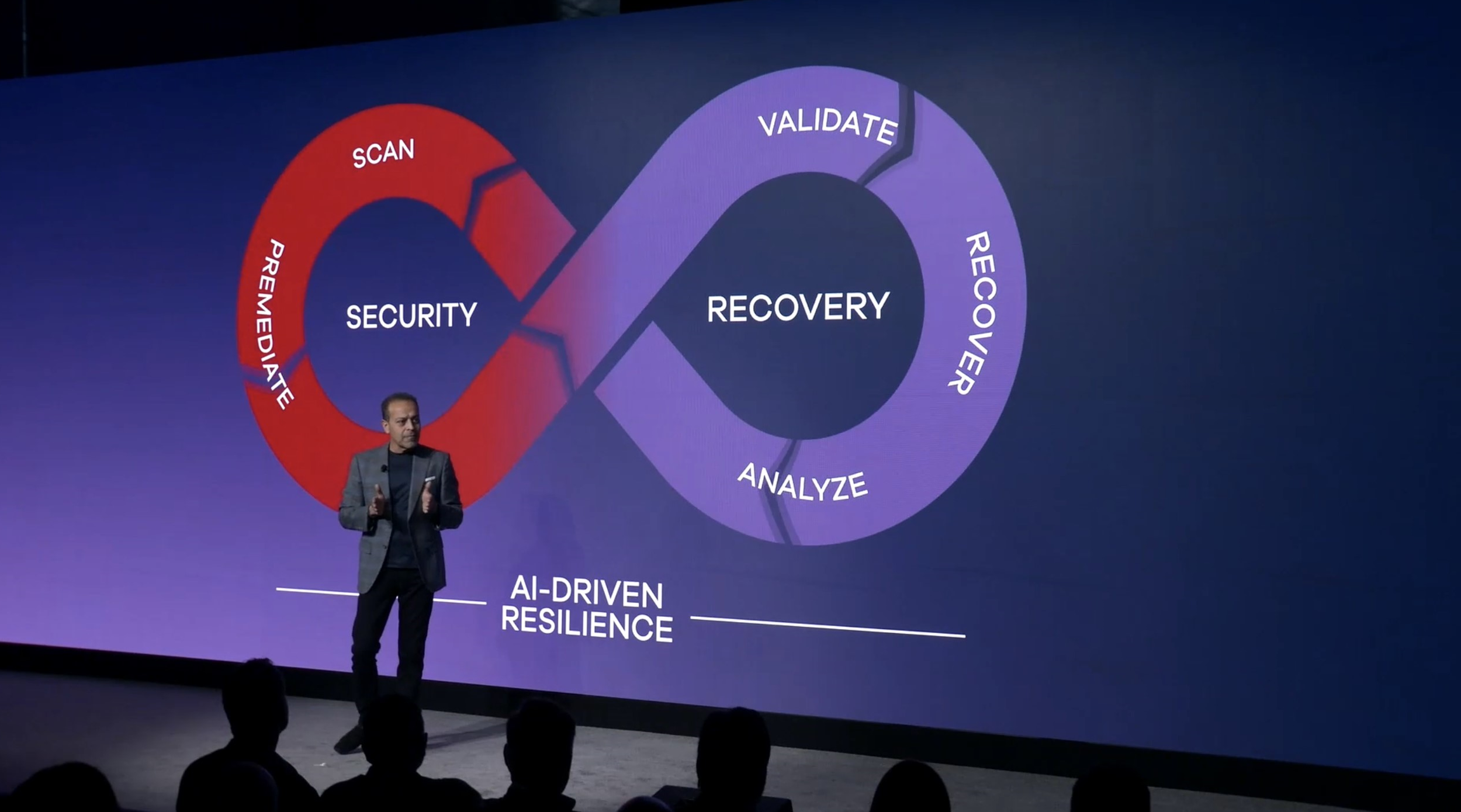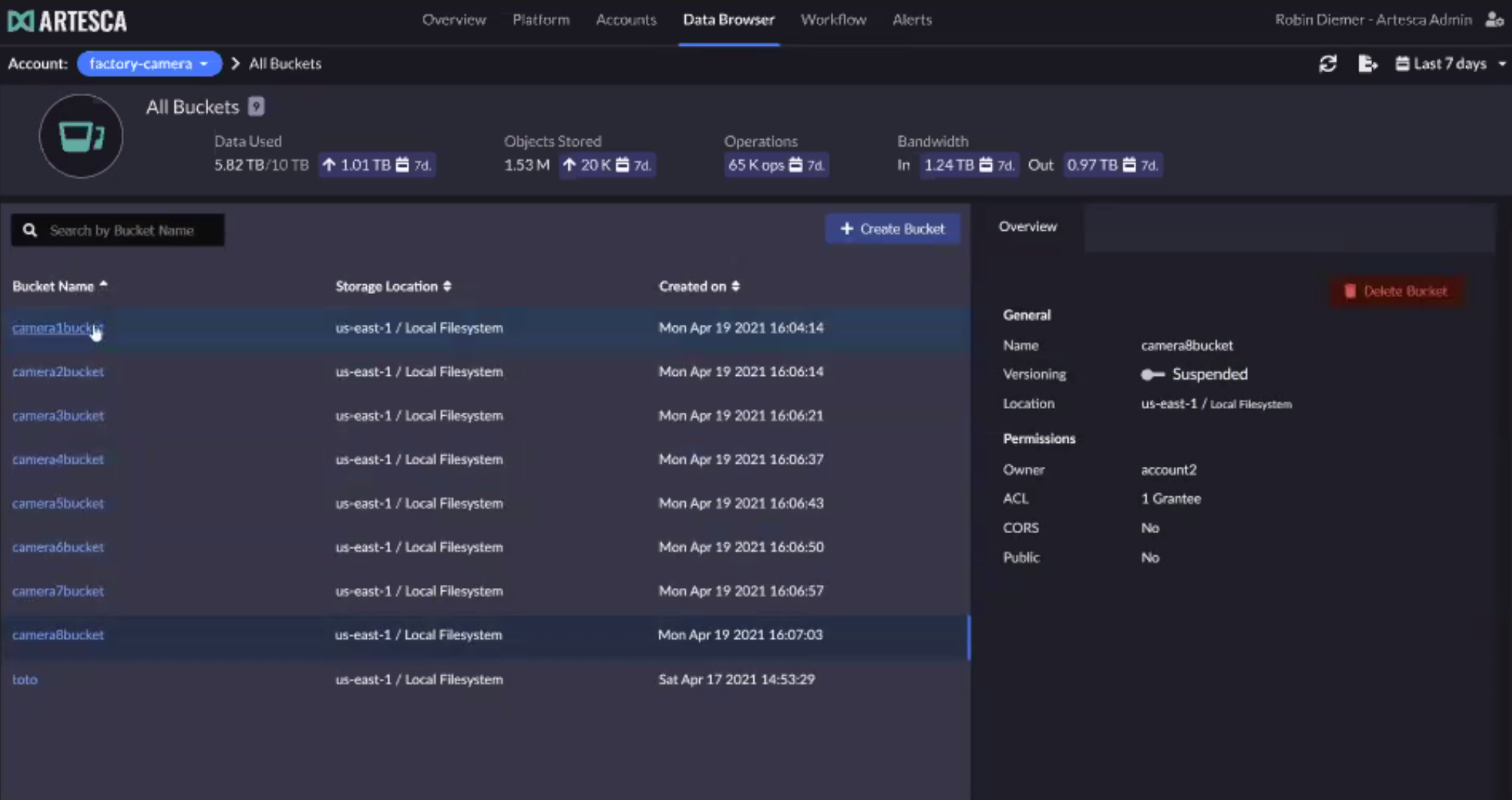The show floor at VMware Explore is always an exciting place to get a pulse on the industry. It’s where you can see which vendors are making waves, which technologies are being showcased, and, sometimes, what’s missing. This year, at VMware Explore 2024 in Barcelona, I took some time to explore the Expo Hall, reflecting on how it compares to previous years and what these changes might mean for VMware, its partners, and the wider IT landscape.
Below, I’ve shared some of my key observations, but to truly get a feel for the show floor, watch the full video embedded below!
Key Observations from the VMware Explore Show Floor
1. Who’s In and Who’s Missing
The first thing that struck me as I walked into the Expo Hall was the presence of major sponsors like Google, Microsoft, Rubrik, and Intel—big names that signal where VMware’s focus lies. But equally noticeable were the absences.
HPE, Dell, and AWS—companies that once dominated these events—were nowhere to be seen. HPE and Dell, staples of past VMworld conferences, didn’t have a presence, and AWS’s absence may reflect ongoing tensions in its relationship with VMware. These gaps felt significant and perhaps hint at shifts in VMware’s partner strategy and focus on its own ecosystem, particularly VMware Cloud Foundation (VCF).
2. A Smaller, More Simplified Show Floor
The Expo Hall itself felt smaller and less crowded than in previous years. Large, hardware-packed stands that were once the highlight of these events have been replaced with more streamlined setups. Companies like Lenovo, NetApp, and Pure Storage were present, but their stands reflected the industry’s shift towards cloud services and away from traditional hardware.
Even the VMware stand itself emphasised simplicity, aligning with the company’s messaging around VCF, private AI, and private cloud solutions. It seems VMware is leaning into its streamlined vision not just in product offerings but in how it presents itself at events like these.
3. Fewer Attendees on the Show Floor?
Walking around, it was hard not to notice that the Expo Hall felt quieter than in past years. While the rest of the conference seemed as lively as ever, the Expo floor didn’t have the same buzz. This could simply be down to timing, but it might also reflect changing priorities.
Perhaps attendees are focusing more on VMware’s end-to-end solutions rather than cherry-picking from multiple vendors. With VMware’s strong emphasis on VCF and an integrated ecosystem, fewer external vendors and a simplified show floor may be a natural consequence.
4. The Evolution of Community Presence
One of the highlights of the Expo Hall was the community stand, a reminder that while the format of VMware’s events may evolve, the role of its community remains critical. It’s always inspiring to see the contributions of VMUG and vExperts celebrated in these spaces, even as the industry shifts.
Final Thoughts: What Does It All Mean?
The VMware Explore 2024 show floor tells a story—not just about the event itself, but about the changing dynamics of VMware and the wider tech industry. The focus on VCF, the absence of some big names, and the streamlined setups all point towards a more integrated and VMware-centric ecosystem.
Whether this approach excites or frustrates attendees will depend on their perspective. For those fully bought into VMware’s vision, this year’s event felt like a natural progression. For others, particularly those used to the diversity of technologies and vendors at past events, it may feel like a shift away from the collaborative spirit that once defined these conferences.
Watch the Full Tour
Want to see the Expo Hall for yourself? Check out my full walkthrough in the video below, where I share more thoughts on what’s changed and what it might mean for the industry. Don’t forget to watch last year’s video for a side-by-side comparison!
What do you think of this year’s show floor? Are you seeing similar trends at other events? Let me know in the comments!

































